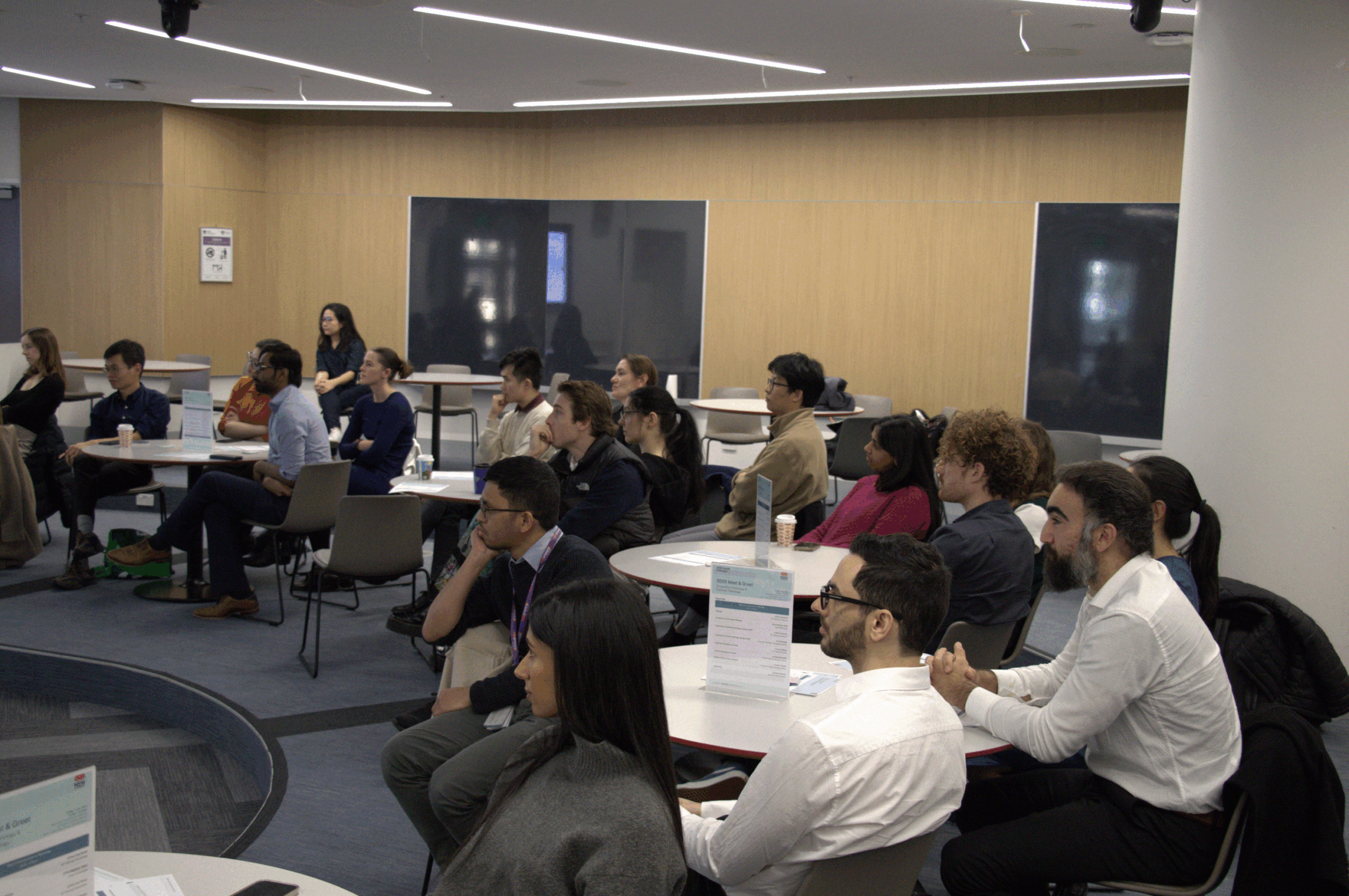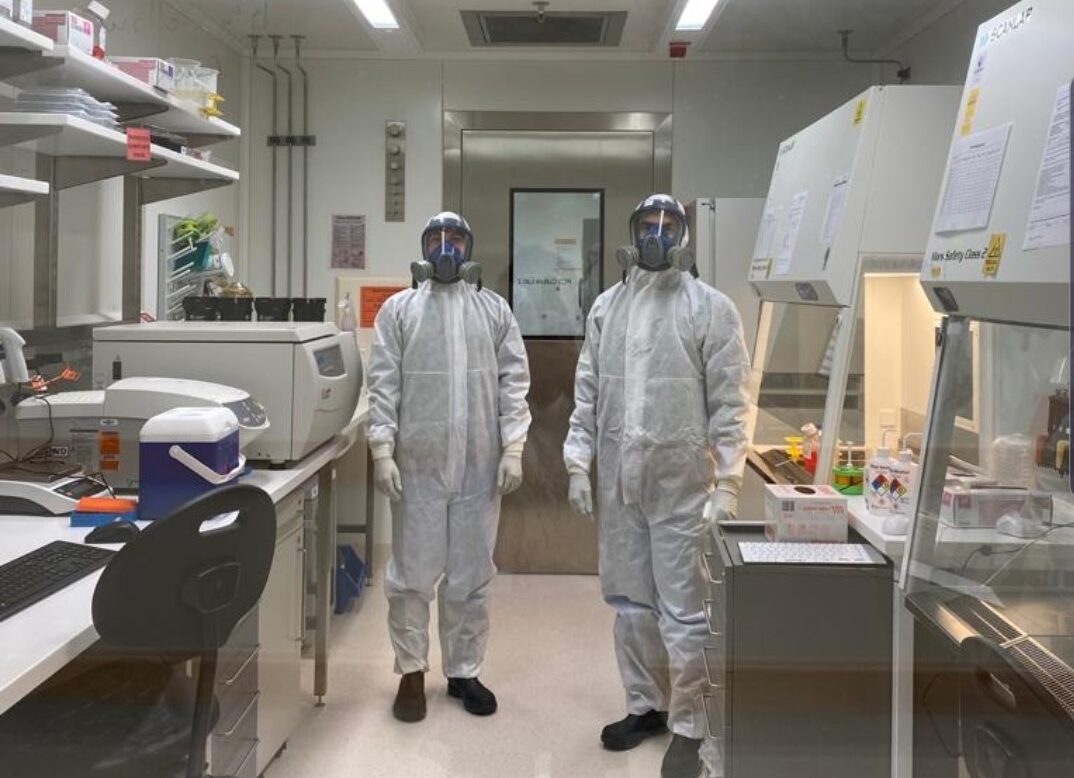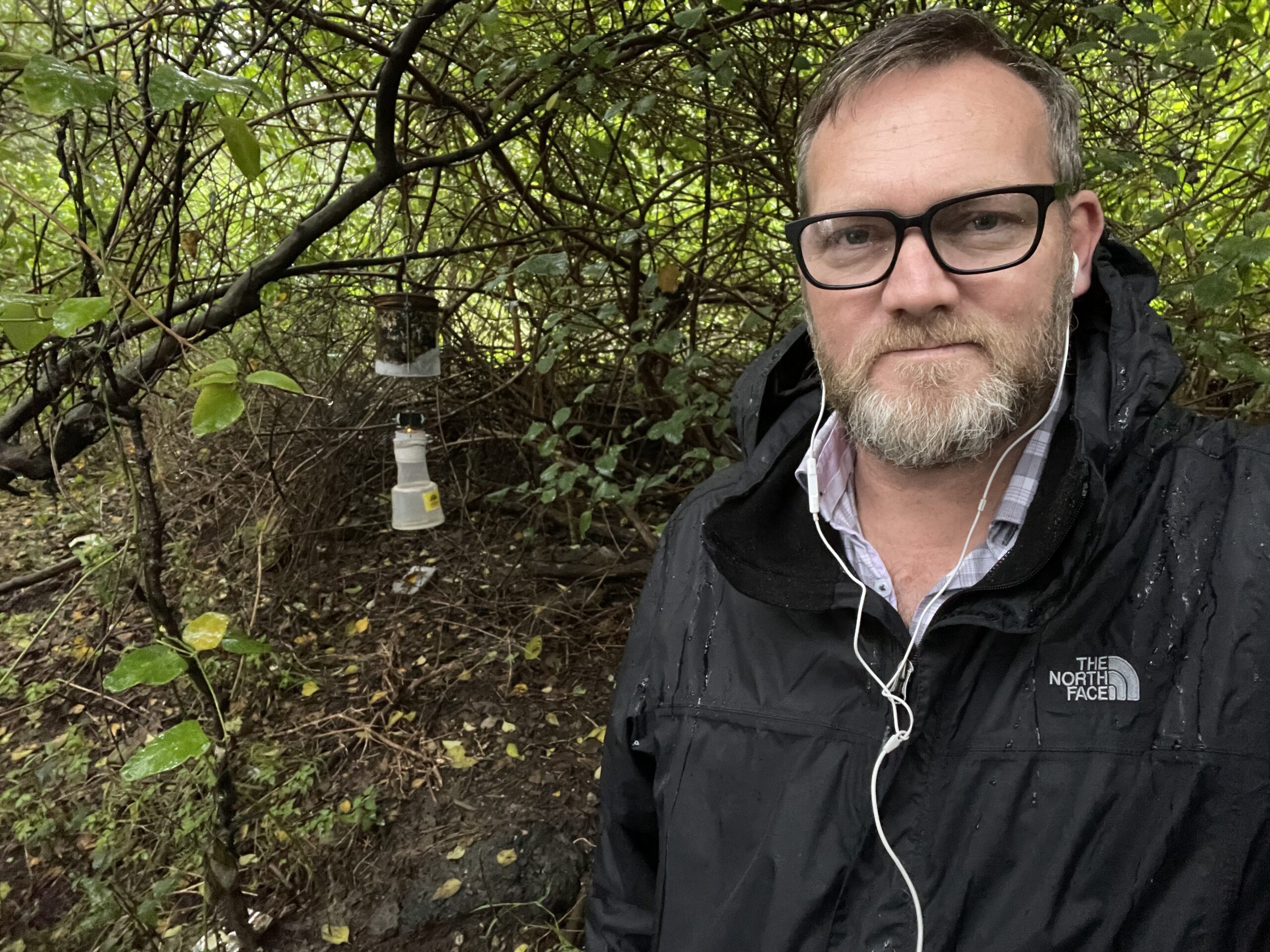A Victorian man is reportedly in a critical condition in hospital after contracting Japanese encephalitis from a mosquito bite. This news comes after both Victoria and New South Wales issued public health alerts in recent weeks warning about the virus.
So what is Japanese encephalitis, and how can you protect yourself and your family if you live, work or are holidaying in mosquito-prone regions this summer?
Mosquito-borne diseases in Australia
Relative to other parts of the world, Australia has traditionally been very low risk for potentially life-threatening mosquito-borne diseases.
There’s no widespread dengue, yellow fever or malaria. But there are still many viruses that local mosquitoes can spread.
About 5,000 cases of mosquito-borne disease are reported in Australia each year. The vast majority of these are due to Ross River virus. The disease this virus causes is not fatal, though it can be severely debilitating.
Disease caused by two other pathogens, Japanese encephalitis virus and Murray Valley encephalitis virus, are much rarer but potentially fatal.
The symptoms of human disease caused by these two viruses are similar.
Most people infected show no symptoms. In mild cases, there may be fever, headache and vomiting. In more serious cases, people may experience neck stiffness, disorientation, drowsiness and seizures. Serious illness can have lifelong neurological complications and, in some cases, the disease is life-threatening.
There’s no specific treatment for either disease, though there is a vaccine for Japanese encephalitis which may be appropriate for certain people at high risk (more on that later).

A/Prof Cameron Webb/NSW Health Pathology
The influence of weather patterns
Murray Valley encephalitis virus has been known in Australia for many decades. After a significant outbreak across the Murray Darling Basin region in 1974, activity has generally been limited to northern Australia.
Outbreaks in southeastern Australia often accompany flooding brought on by La Niña weather patterns. Floods provide ideal conditions for mosquitoes, as well as the waterbirds that harbour the virus.
Japanese encephalitis virus is closely related to Murray Valley encephalitis virus. Mosquitoes pick up both viruses by biting waterbirds. But Japanese encephalitis virus has only recently become widespread in Australia.
After flooding rains brought on by La Niña in 2020, conditions that persisted for three years, Murray Valley encephalitis virus returned and Japanese encephalitis virus arrived for the first time.
Japanese encephalitis virus was initially discovered in southeastern Australia during the summer of 2021–22, and the boom in mosquito and waterbird populations that followed flooding at the time contributed to its spread.
There have been around 80 cases of disease caused by these two viruses combined over the past four years. This includes seven deaths due to Japanese encephalitis across Queensland, NSW, South Australia and Victoria.
Additional deaths have been reported due to Murray Valley encephalitis in recent years – two each in Western Australia and the Northern Territory.
In the summer of 2023–24, hot and dry summer conditions returned, mosquito numbers declined, and the number of cases of disease caused by Japanese encephalitis virus and Murray Valley encephalitis dropped.
Now both viruses appear to be back. So what’s going on?
What’s different this summer?
This summer, Japanese encephalitis virus has been detected in mosquitoes and feral pigs in NSW. The virus has also been detected in environmental surveillance in northern Victoria, and we know at least one person has been affected there.
Meanwhile, Murray Valley encephalitis virus has been detected in sentinel chicken flocks – which health authorities use to test for increased mosquito-borne disease risk – in NSW and in the Kimberley region of Western Australia.
It’s unusual to see activity of these viruses when conditions are relatively dry and mosquito numbers relatively low.
Some regions of Australia may have experienced flooding, but for many regions of the country, conditions have been hot and dry. This is bad news for mosquitoes.
There is no evidence that mosquito numbers are booming like they did back when La Niña brought floods to the Murray-Darling Basin.
There also isn’t any evidence of more waterbird activity. In fact, numbers have declined in recent years.
So why are Japanese encephalitis virus and Murray Valley encephalitis virus active again when the conditions appear to be less favourable?
Despite predictions of a rare mid-summer return of La Niña, there’s still speculation about what this means for temperature and rainfall. We may not see flooding, but there is still likely to be enough water around for mosquitoes.
For Japanese encephalitis virus, it may be that feral pigs are playing a more important role in its spread. We know numbers are on the rise and with drier conditions, perhaps mosquitoes and feral pigs, and other wildlife, are gathering together where they can find bodies of water.
After its unexpected arrival, it now seems Japanese encephalitis virus is here to stay. But how this virus interacts with local mosquitoes and wildlife, under the influence of increasing unpredictable climatic conditions, requires more research.
How can you reduce your risk this summer?
The public health alerts in Victoria and NSW focus especially on specific regions in northern Victoria and around Griffith and Narromine in NSW where the virus has been detected.
If you live or work in areas at risk of Japanese encephalitis, seek advice from your local health authority to see if you are eligible for vaccination. Residents in specified local government areas in affected regions in both states are currently eligible for a free vaccine.
But there is no vaccine available for Murray Valley encephalitis or Ross River viruses.
Wherever you live, mosquito bite prevention is key. Apply insect repellent when outdoors, especially during dawn and dusk when mosquitoes are most active or at any time of the day if you’re in bushland or wetland areas where numbers of mosquitoes may be high.
You can get better protection by also covering up with a long-sleeved shirt, long pants, and covered shoes.![]()
Cameron Webb, Clinical Associate Professor and Principal Hospital Scientist, University of Sydney and NSW Health Pathology.
This article is republished from The Conversation under a Creative Commons license. Read the original article.














